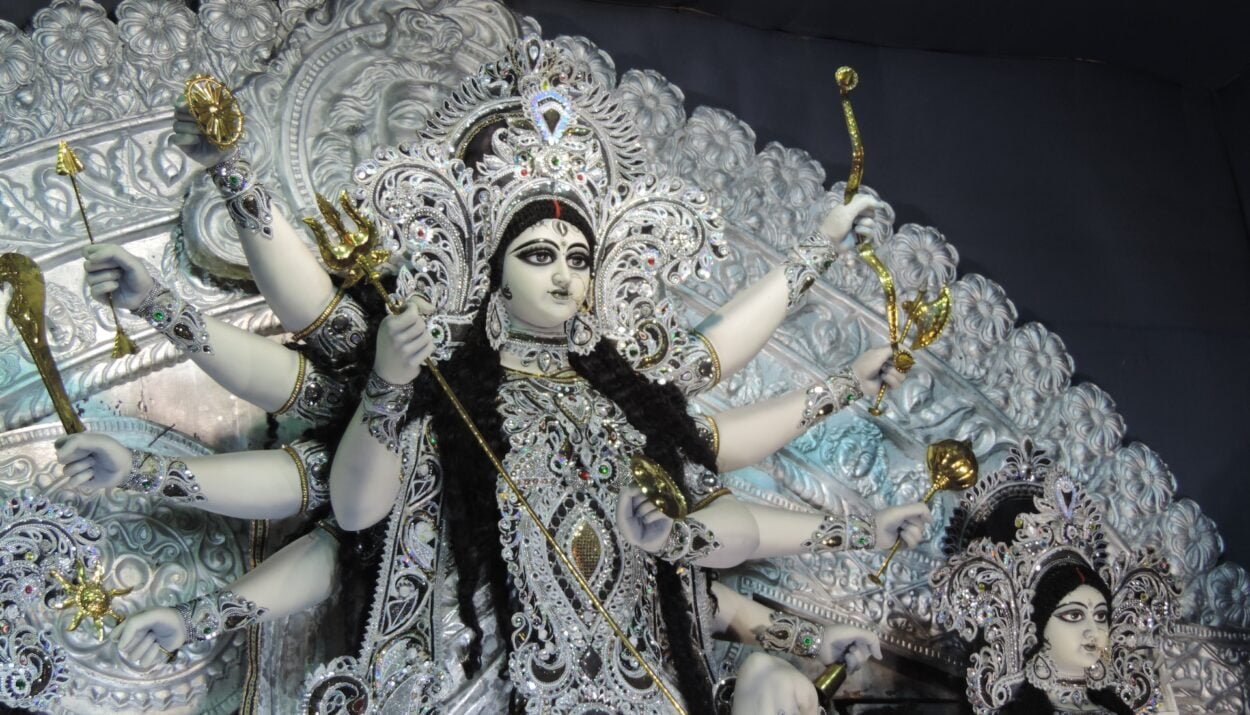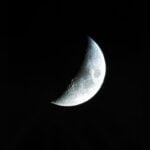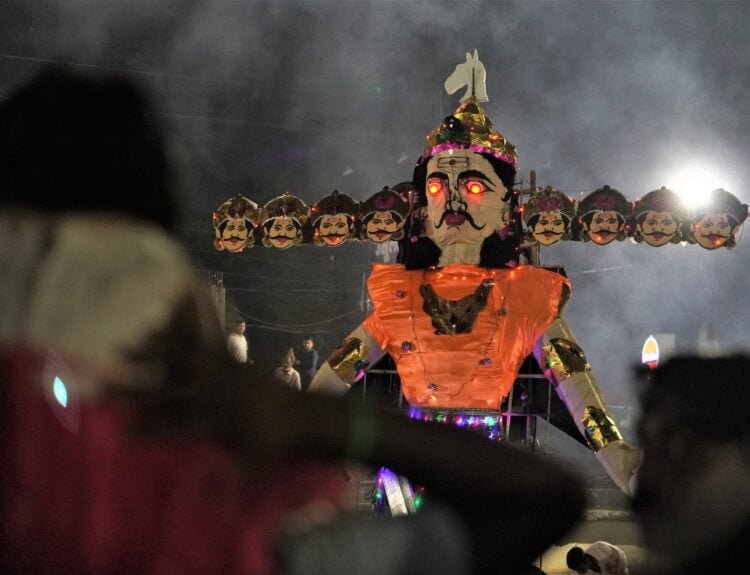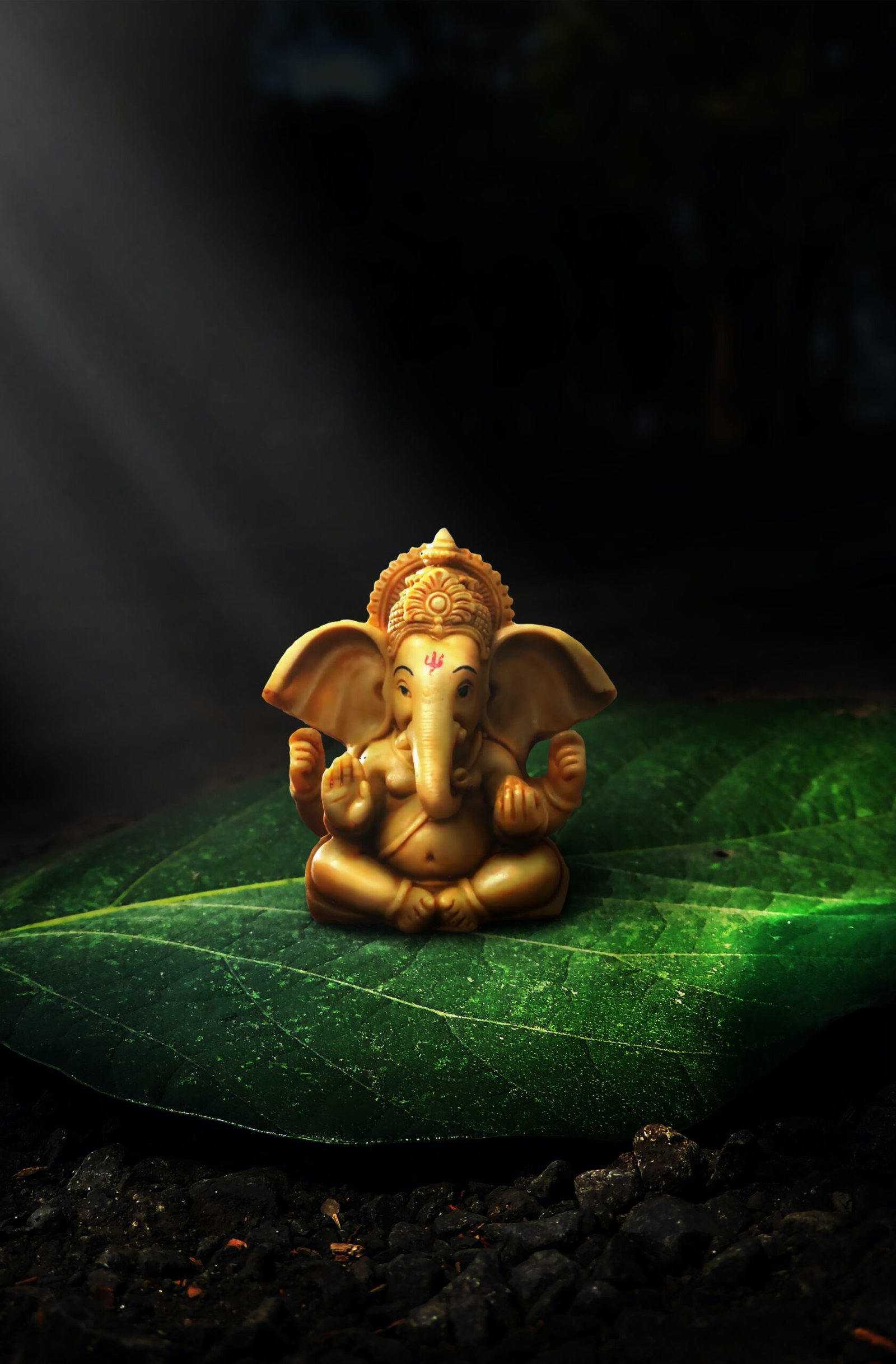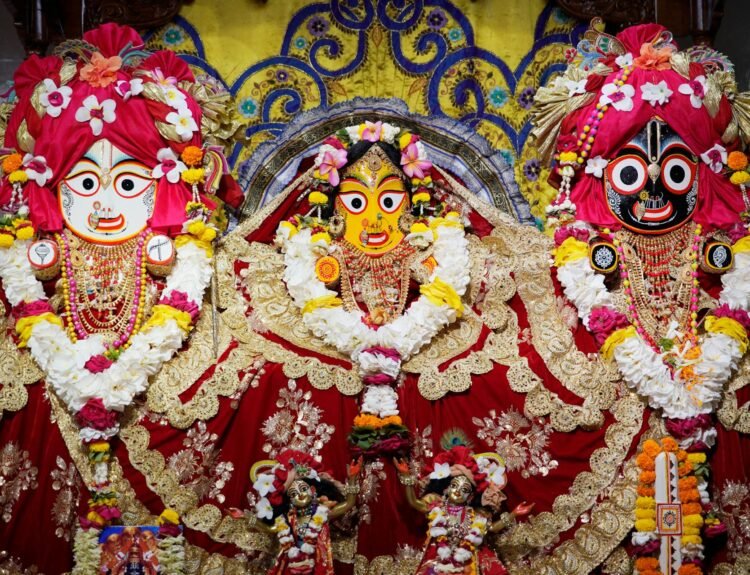Navratri, also known as the festival of nine nights, is one of the most vibrant and joyous festivals celebrated in India. It is dedicated to the worship of the Hindu goddess Durga and her various forms. The festival is observed for nine nights and culminates with the celebration of Dussehra.
Twice-a-Year Celebration
Navratri is celebrated twice a year, once in the spring, known as Chaitra Navratri, and once in the autumn, known as Sharad Navratri. In 2023, Sharad Navratri will be celebrated from October 15th to October 24th.
Significance of Navratri
The festival holds great significance in Hindu mythology and is celebrated with immense devotion and enthusiasm across the country. During these nine nights, devotees observe fasting, perform special prayers, and participate in traditional dances like Garba and Dandiya.
The festival begins with the installation of the idol of goddess Durga in beautifully decorated pandals and temples. The atmosphere is filled with excitement as people dress up in traditional attire and gather to offer prayers and seek the blessings of the goddess.
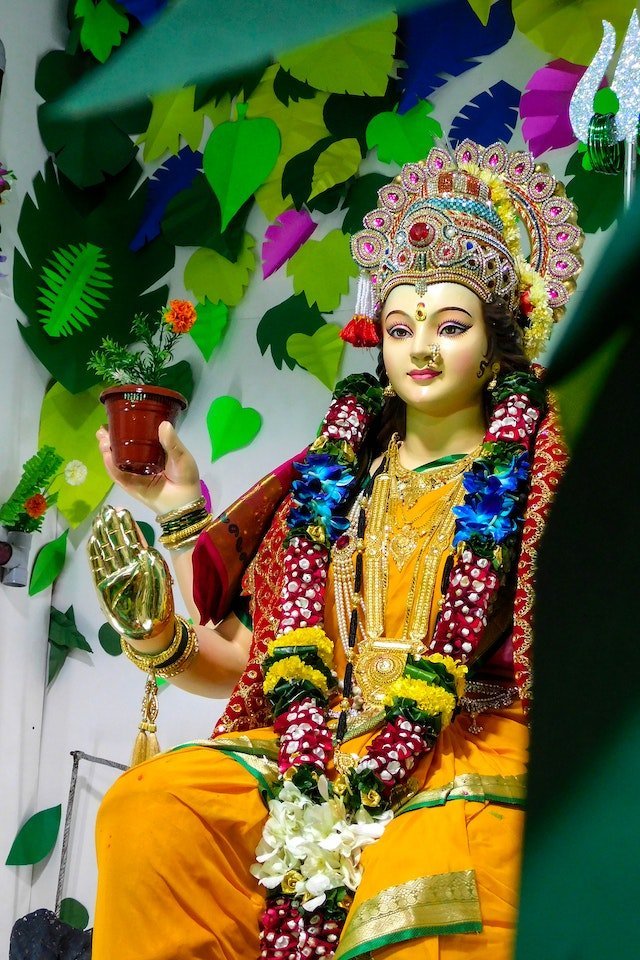
Idol Installation and Worship
The festival begins with the installation of the idol of goddess Durga in beautifully decorated pandals and temples. The atmosphere is filled with excitement as people dress up in traditional attire and gather to offer prayers and seek the blessings of the goddess.
Nine Days, Nine Forms
Each day of Navratri is dedicated to a different form of the goddess. The first three days are dedicated to Goddess Durga, the next three days to Goddess Lakshmi, and the final three days to Goddess Saraswati. Devotees chant hymns and perform aarti to invoke the blessings of the respective goddess.
Garba and Dandiya Raas
One of the highlights of Navratri is the Garba and Dandiya Raas, traditional folk dances that are performed in groups. People form circles and dance to the rhythmic beats of traditional music, using colorful sticks or clapping their hands. The energy and enthusiasm of the dancers are contagious, and it is a sight to behold.
Navratri is also a time for feasting and indulging in delicious traditional food. Special dishes like Sabudana Khichdi, Kuttu Ki Puri, and Singhara Halwa are prepared and enjoyed during the festival. These dishes are not only tasty but also follow the dietary restrictions observed during fasting.
Kanya Pujan on Mahanavami
On the ninth day of Navratri, known as Mahanavami, Kanya Pujan is performed. Young girls, often nine in number, are worshipped as the embodiment of the goddess. They are offered new clothes, gifts, and a sumptuous meal as a mark of respect and gratitude.
Conclusion with Dussehra
The festival concludes with the celebration of Dussehra, which marks the victory of good over evil. Effigies of the demon king Ravana are burnt, symbolizing the triumph of Lord Rama over evil forces.
Cultural Unity and Joy
Navratri is not just a religious festival but also a celebration of culture, music, and dance. It brings people together, fostering a sense of unity and joy. The festival transcends boundaries and is celebrated by people of all ages and backgrounds.

